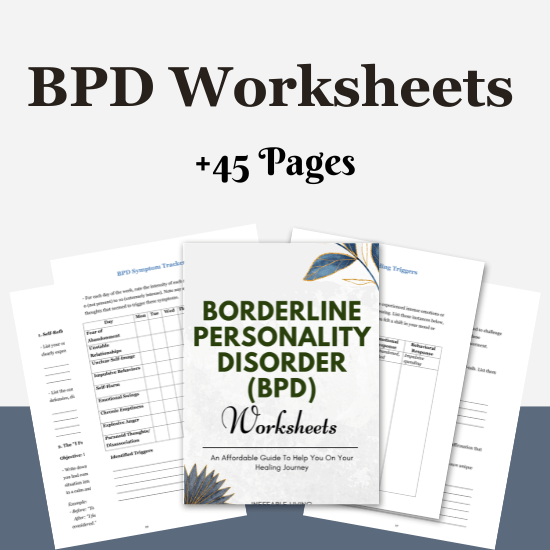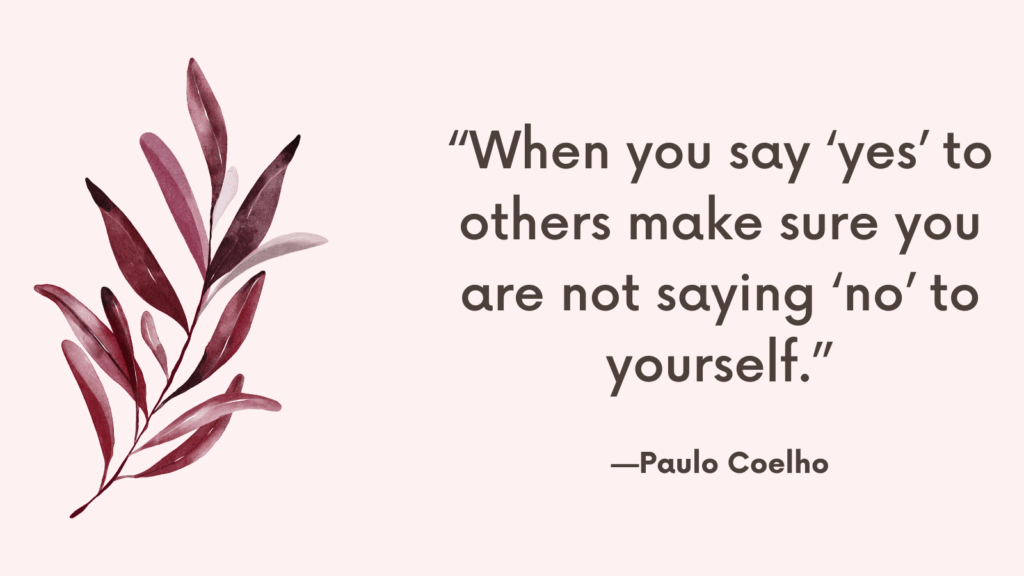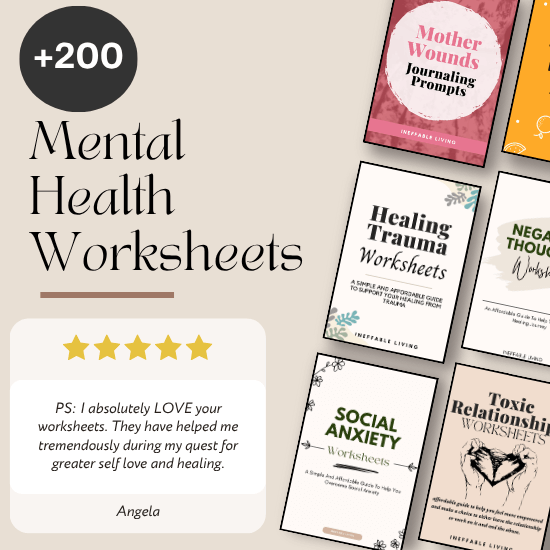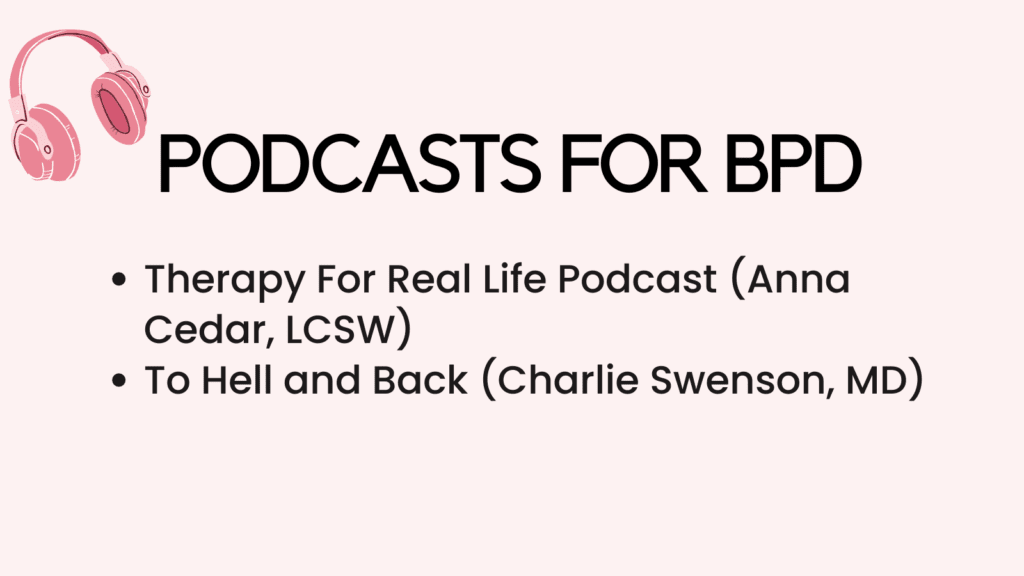Setting boundaries with someone who has Borderline Personality Disorder (BPD) can feel like walking on eggshells — especially when emotional intensity, fear of abandonment, and black-and-white thinking are part of the dynamic. But boundaries are not barriers. They’re bridges to healthier relationships, offering both safety and clarity for everyone involved.
When done with empathy and consistency, boundary-setting can create more trust, not less. The key is knowing how to do it without triggering shame or escalation.
Why Boundaries Are Essential in BPD Dynamics
Loving or supporting someone with Borderline Personality Disorder (BPD) can feel intense, confusing, and emotionally overwhelming. Without boundaries, you may:
- Absorb their emotional storms as your responsibility
- Walk on eggshells to avoid triggering abandonment fears
- Confuse love with self-sacrifice
- Burn out trying to stabilize their feelings
- Lose track of your own needs, limits, or identity
Boundaries aren’t rejection—they’re the container that keeps love from turning into emotional enmeshment.
How to Set Healthy Boundaries with Someone Who Has BPD?
1. Understand the Emotional Landscape of BPD
Someone with BPD may struggle with intense emotions, fear of abandonment, and a deep sense of unworthiness. Their reactions may feel disproportionate or even manipulative — but they usually stem from deep psychological pain, not malice. When you set boundaries, it can trigger fears of rejection or being “too much.”
Know this: boundaries are necessary, not cruel. They help both parties stay grounded.
Related: Top 7 Skills For Coping With BPD [+ BPD FREE Resources]
2. Clarify Your Own Limits First
Before communicating anything, ask yourself:
- What behaviors cross the line for me?
- What do I need in order to feel emotionally safe?
- What consequences am I willing to follow through on?
This self-clarity helps you stay consistent — which is essential for someone with BPD who may test boundaries unconsciously due to fear.
3. Use Compassionate Language
Harsh or rigid boundaries often provoke shame or panic in someone with BPD. So frame your limits with warmth and clarity:
- “I care about you, and I need us to speak calmly.”
- “I want to be here for you, but I need to take a short break when things get too intense.”
- “I can listen to your feelings, but I won’t allow yelling or insults.”
Boundaries don’t have to sound like ultimatums — they can sound like love with structure.
4. Set Boundaries During Calm Moments
Trying to establish rules during a meltdown will likely backfire. Instead, talk when things are calm:
- “I’ve noticed I get overwhelmed when our arguments escalate. Can we work on how we communicate during those moments?”
- “It’s important to me that we both feel safe. Can I share something I’ve been thinking about?”
People with BPD often crave safety and predictability. Setting boundaries when everyone is regulated increases the chance of cooperation.
Related: What Is Quiet Borderline Personality Disorder?
5. Expect Pushback — Stay Consistent
Some boundary violations may not be intentional. Others may be an emotional test to see if you’ll abandon them. Expect resistance:
- “But you’re just like everyone else.”
- “You don’t really care about me.”
- “I can’t believe you’re doing this to me.”
Your job is not to argue — it’s to stay consistent and calm. Remind yourself that pushback is not failure. It’s a sign the boundary matters.
6. Don’t Get Pulled Into Emotional Chaos
People with BPD may express big feelings — yelling, crying, blaming — that pull you into reactivity. Practice emotional detachment without coldness:
- “I hear that you’re upset. I’m going to take a break so we can both calm down.”
- “I want to keep talking, but not like this.”
By regulating your own emotions, you model the kind of safety they need.
Related: Borderline Personality Disorder Support Group
7. Create Boundaries Around Communication
If communication often escalates into chaos, set structure:
- No texting or calling during heated moments
- No threats or name-calling allowed
- Safe words or signals for “pause” moments
- Scheduled check-ins when calm
These rules aren’t to control — they’re to help everyone stay in their window of tolerance.
8. Follow Through With Gentle Consequences
Boundaries without consequences aren’t really boundaries. If someone crosses your line repeatedly, kindly but firmly follow through:
- “I’ve asked for no yelling. I’m going to step away now and we can talk later.”
- “If threats continue, I’ll need to limit our contact for a bit.”
Never threaten — only say what you truly intend to do. Follow-through builds trust.
9. Reaffirm Your Care Regularly
Someone with BPD might see boundaries as rejection. That’s why it’s essential to remind them:
- “I set this boundary because I care about us.”
- “This doesn’t mean I don’t love you — it means I love us enough to want healthier patterns.”
Love and limits can co-exist. Reinforce both.
10. Encourage Professional Support
Setting boundaries should not replace therapy. If the relationship is high-conflict, gently encourage treatment:
- “I think DBT could really help both of us. Would you be open to looking into it?”
- “I want to support you, and I think a therapist could help you in ways I can’t.”
You are not their therapist — and shouldn’t be.
Related: Borderline Personality Disorder (BPD) Resources (Information, APPS, Podcasts, TED Talks, Books)
What Boundaries Can You Set with Someone Who Has BPD?
1. Emotional Boundaries
What It Looks Like
Not taking responsibility for their emotions or reactions. You’re allowed to feel differently or stay calm when they’re not.
How to Say It
“I care about how you feel, but I can’t fix everything for you.”
“I can sit with you while you’re upset, but I won’t take the blame for your emotions.”
2. Communication Boundaries
What It Looks Like
Limiting yelling, verbal abuse, manipulative language, or constant contact.
How to Say It
“I won’t continue the conversation if there’s shouting.”
“If I don’t respond right away, it doesn’t mean I’m ignoring you. I need space sometimes.”
3. Time Boundaries
What It Looks Like
Protecting your schedule, energy, and rest time — even when they want constant attention or reassurance.
How to Say It
“I need time alone after work to recharge. That doesn’t mean I don’t care about you.”
“I won’t be available 24/7, but I’ll always come back.”
Related: Best 20 Tips On Dating Someone With BPD Without Becoming A Caretaker
4. Physical Boundaries
What It Looks Like
Choosing when, how, and whether you want physical contact — including walking away when things feel unsafe.
How to Say It
“I need physical space right now.”
“I will walk away if I feel threatened.”
5. Financial Boundaries
What It Looks Like
Not being pressured to provide money, cover debts, or manage their responsibilities.
How to Say It
“I’m not able to lend you money, but I can help you brainstorm other options.”
“I won’t take financial responsibility for choices that aren’t mine.”
6. Crisis Boundaries
What It Looks Like
Knowing when to call for professional help and when to step back. You are not their only support system.
How to Say It
“If you’re feeling unsafe, I’ll help you reach out to a professional.”
“I can’t be your only lifeline — let’s make a crisis plan together.”
Related: How to Detach From Someone with Borderline Personality Disorder?
7. Digital Boundaries
What It Looks Like
Not engaging in text wars, constant updates, or social media monitoring.
How to Say It
“I won’t respond to messages during work or when I’m sleeping.”
“I need digital space when I’m overwhelmed — it helps me stay grounded.”
8. Relational Boundaries
What It Looks Like
Protecting your identity, values, and other relationships from being consumed or controlled by theirs.
How to Say It
“I still need time with my friends and family.”
“I love you, and I also have needs that matter.”
9. Reactive Boundaries
What It Looks Like
Choosing not to get pulled into emotional reactivity, accusations, or guilt-tripping.
How to Say It
“I hear that you’re upset. I’ll talk with you when things are calmer.”
“I won’t keep engaging if we can’t speak respectfully.”
Related: How to Love Someone with BPD? Top 9 Suggestions
10. Boundaries Around Recovery
What It Looks Like
Encouraging them to seek help and take ownership of their healing — while refusing to be their therapist.
How to Say It
“I’ll support you emotionally, but your healing is your responsibility.”
“I believe in you — and I believe in therapy.”

Conclusion
Boundaries aren’t punishments. They’re a roadmap for safety, respect, and emotional clarity. When you set boundaries with someone who has BPD, you’re not abandoning them — you’re showing up with structure and care. And when done consistently, boundaries don’t push love away. They make it sustainable.



![BPD Support Groups [Online & In-Person]](https://ineffableliving.com/wp-content/uploads/2022/09/Borderline-Personality-Disorder-Support-Group-1024x576.png)